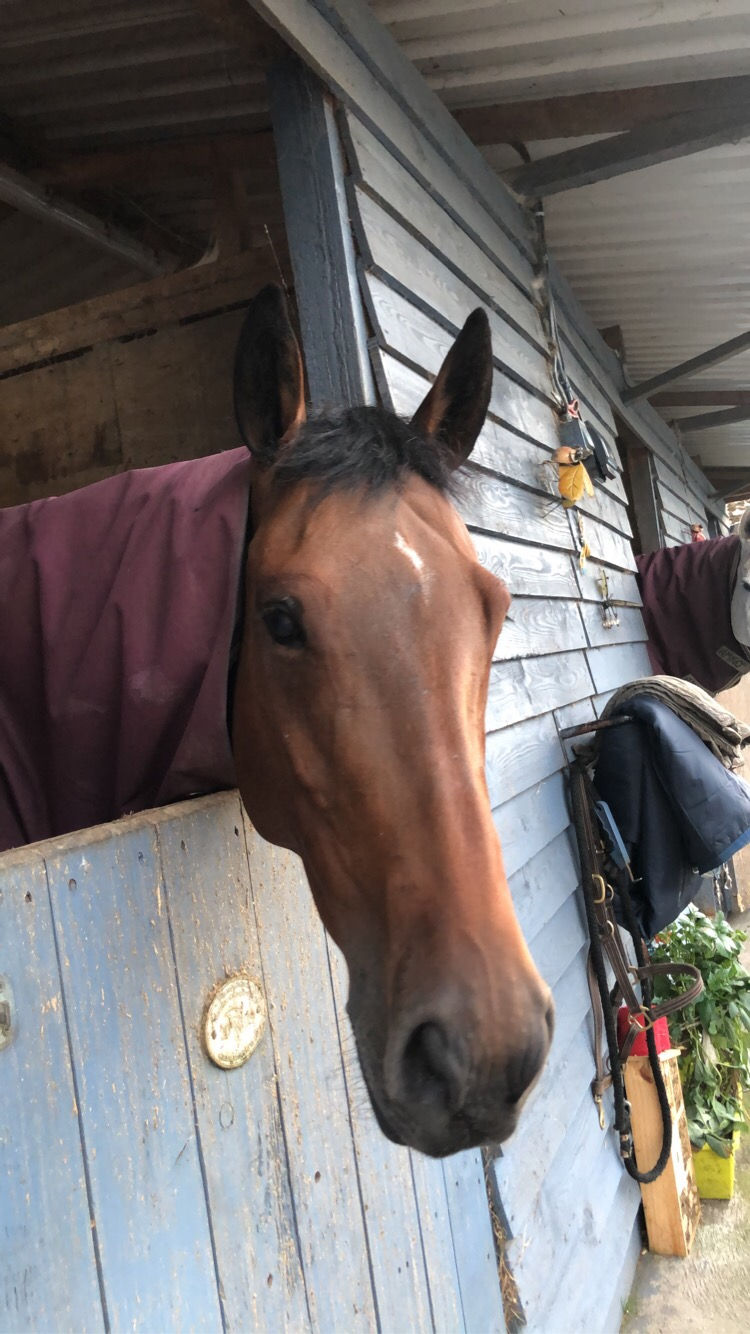From the perspective of the horse.
- christadillon3
- Sep 23, 2021
- 3 min read
Let’s dive straight in.
Young horses can sometimes throw you a bit of a curve ball, leaving you struggling to understand what’s going on. Spooking and/or spinning around, reluctance to leave the yard, fear of passing new things etc can often occur. The normal response is an ascending scale of encouragement, which can end up anywhere but encouraging for the horse.
Horses are prey animals, and they are also herd animals. No matter how domesticated the modern day domestic horse is, in times of real or perceived fear or stress, he still primarily relies on instinct first-and any human instructions second. After all, the species has evolved and survived over fifty million years-something of a miracle to those of us tasked with trying to keep assorted horses alive on a daily basis…..
Horses have monocular vision, and they also have a blind spot both directly in front and directly behind them. When we sit on the horse’s back, he cannot see us unless he turns his head one way or the other. Consider then that he is a prey animal, most vulnerable to predators taking him down by giving chase, and leaping on his back.
And yet he lets a noisy, unpredictable human sit on his back. Imagine the trust that must take.
Wild herds of horses often follow a passive leader horse-one who is experienced, consistent and non confrontational as a general rule. Many herd horses choose to follow this horse-safety and comfort exist in the passive leader group.
That dynamic is different from the alpha horse within the herd, who tends to rule with an iron fist and demanding appropriate behaviour. This horse often stands alone, a little distance away from the herd. He or she has few friends-there isn’t much incentive for herd members to hang around and be forced to conform, with little rhyme or reason.
With these concepts in mind-
If your young horse spooks at something and you boot him in the ribs or hit him with a stick, you are confirming to him that he was right to be worried or afraid. He told you he wasn’t sure, and you made it worse for him. It’s a slam dunk as far as he is concerned. Now you have double the problem to solve…..
Instead of acting like an alpha horse and attempting to force your horse through his worry, how about taking the role of the passive leader and finding ways to show the horse that his worries-whilst valid to him-are nothing to worry about at all?
In the case of a young horse spooking, baulking, etc-consider things from the horse’s perspective. He is worried. He has no leader to follow-his leader is now on his back, his most vulnerable place-and right in his blind spot too.
Yet during times of fear, he is expected to somehow override his natural instincts to flee, to override his need for a passive leader to follow, to override his inbuilt ability to make his own decisions to save his own life when he feels he needs to and instead be TOLD what to do-just because YOU SAY SO.
Sometimes, you can achieve so much by taking the lead for the horse. Literally, jumping off and taking the lead. This is often seen as a soft option, or one only ‘wimps’ would choose because they are too scared to have it out with the horse. Actually though-from the horse’s perspective-it is the very thing that he will benefit the most from.
Take the lead for the horse once or twice, and show him that it is ok-and that he can trust your judgement-and I guarantee he will come on in leaps and bounds from there.
It’s not ‘soft’. It is trying to understand the horse, and trying to set him up to win from the start.




Comments